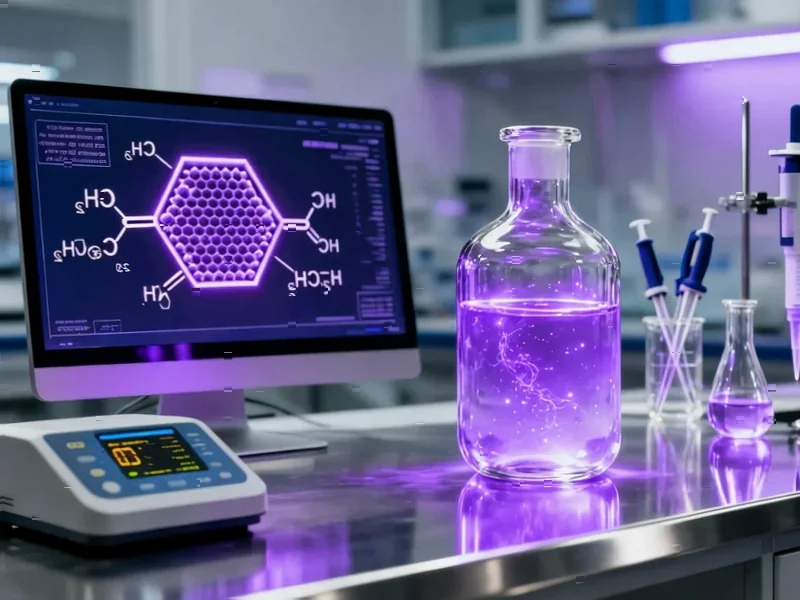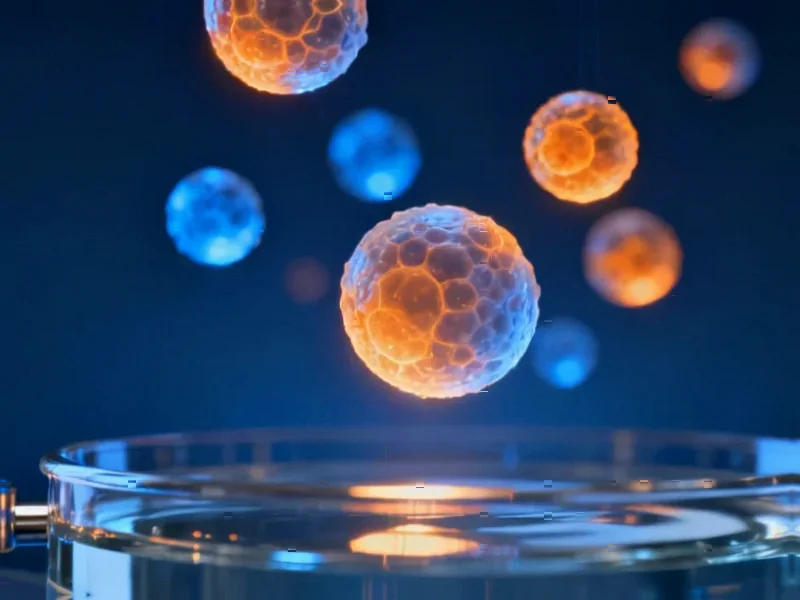According to Phys.org, researchers at Kyushu University have designed a new class of molecules whose ability to amplify light energy can be actively controlled by simply applying pressure. The study, led by Professor Gaku Fukuhara in collaboration with Professor Taku Hasobe from Keio University, focuses on a process called singlet fission where a single high-energy photon creates two lower-energy excited states instead of just one. The team synthesized SF-active molecules composed of two pentacene units connected by flexible polar linkers that act like adjustable bridges. Through experiments and simulations, they discovered that these flexible linkers enable something called SF dynamics inversion, where pressure either suppresses or accelerates the reaction depending on the solvent environment. The findings, published in Chemical Science, could open new possibilities for highly efficient energy conversion devices and advanced medical therapies.
Why This Actually Matters
Here’s the thing about singlet fission – it’s basically nature’s way of cheating the energy system. Normally when light hits a material, you get one excited state per photon. But with SF, you get two for the price of one. That’s huge for solar energy conversion, where efficiency is everything. The problem has always been controlling when and how this happens. These researchers basically figured out how to put a pressure-sensitive dimmer switch on the process.
What’s really clever is their molecular design. Previous attempts used rigid structures that were either on or off. But these flexible linkers? They’re like having a volume knob instead of a simple toggle switch. And the solvent-dependent behavior means you can program different responses based on the environment. That’s not just academic curiosity – that’s practical engineering thinking.
Where This Could Actually Go
So what could this actually mean down the line? Well, imagine solar panels that adjust their energy conversion efficiency based on atmospheric pressure changes. Or medical therapies where light-activated treatments only work when applied with specific pressure, preventing unintended side effects. The fact that they maintained triplet quantum yield under pressure is massive – that’s the efficiency part that usually gets wrecked when you start messing with these systems.
The viscosity connection they discovered is particularly interesting. It means we’re not just talking about laboratory conditions – this could work in real biological environments where viscosity varies dramatically. Think about cancer treatments using photodynamic therapy that only activate when pressure is applied to tumor tissues. That’s the kind of targeted approach medicine has been chasing for decades.
But here’s my question: how scalable is this? The research, detailed in their Chemical Science paper, shows incredible control at the molecular level, but turning this into actual devices will be the next big challenge. Still, establishing these design guidelines gives materials scientists something concrete to work with rather than just guessing at molecular structures.
The Energy Revolution We Need
Look, we’re stuck in an energy transition that needs every efficiency gain we can get. Traditional solar technology is hitting physical limits, and processes like singlet fission represent the next frontier. Being able to actively control these quantum processes moves us from passive materials to smart, responsive systems.
This isn’t just about making existing technology slightly better. It’s about enabling completely new approaches to energy conversion and medical treatments. The pressure responsiveness means we could design materials that work differently in different parts of the body or under different environmental conditions. That’s the kind of sophistication we need for next-generation technology.
Will this immediately change your phone’s battery life? Probably not. But it lays groundwork for materials that could fundamentally change how we capture and use light energy. And in a world desperate for clean energy solutions, that’s exactly the kind of basic research we should be celebrating.




